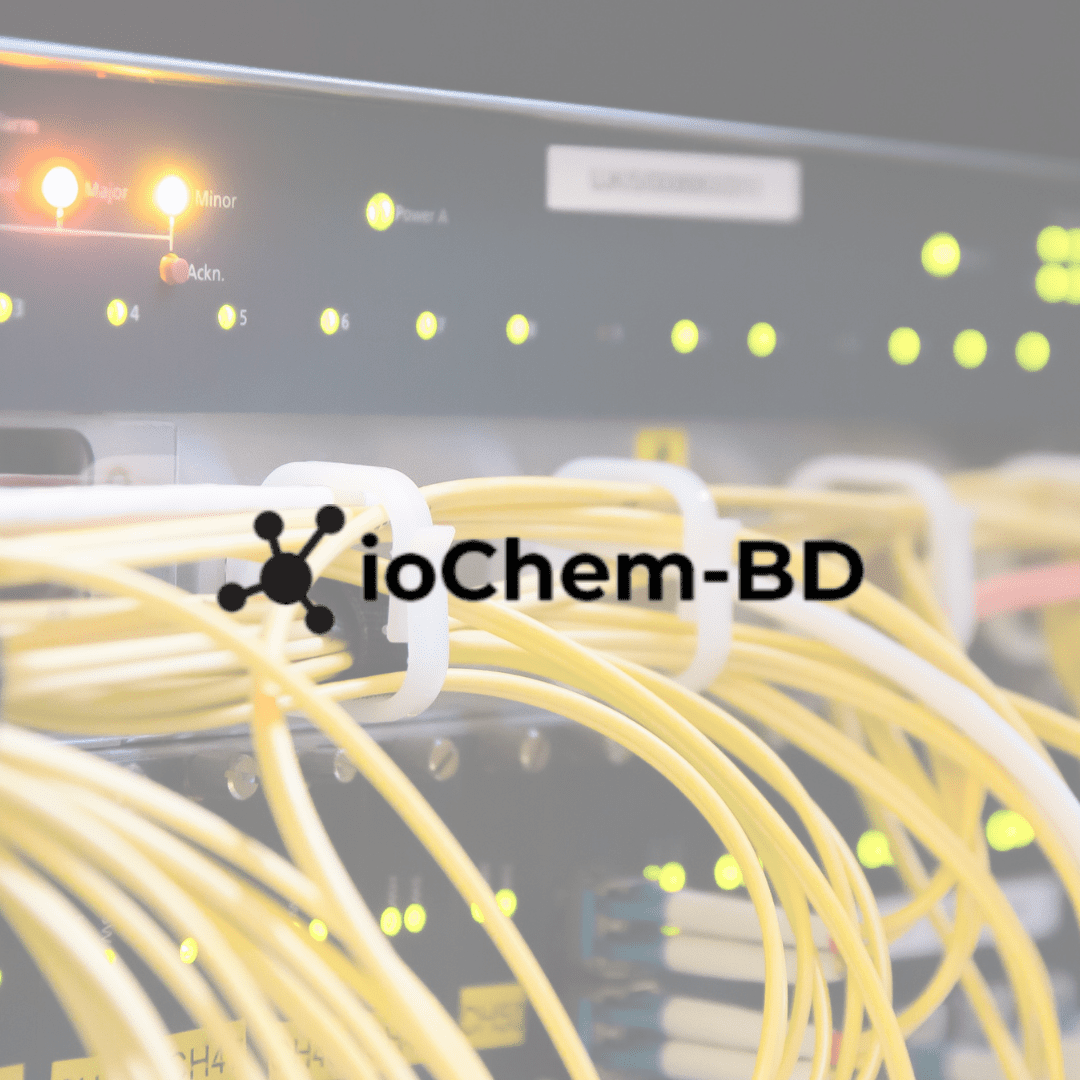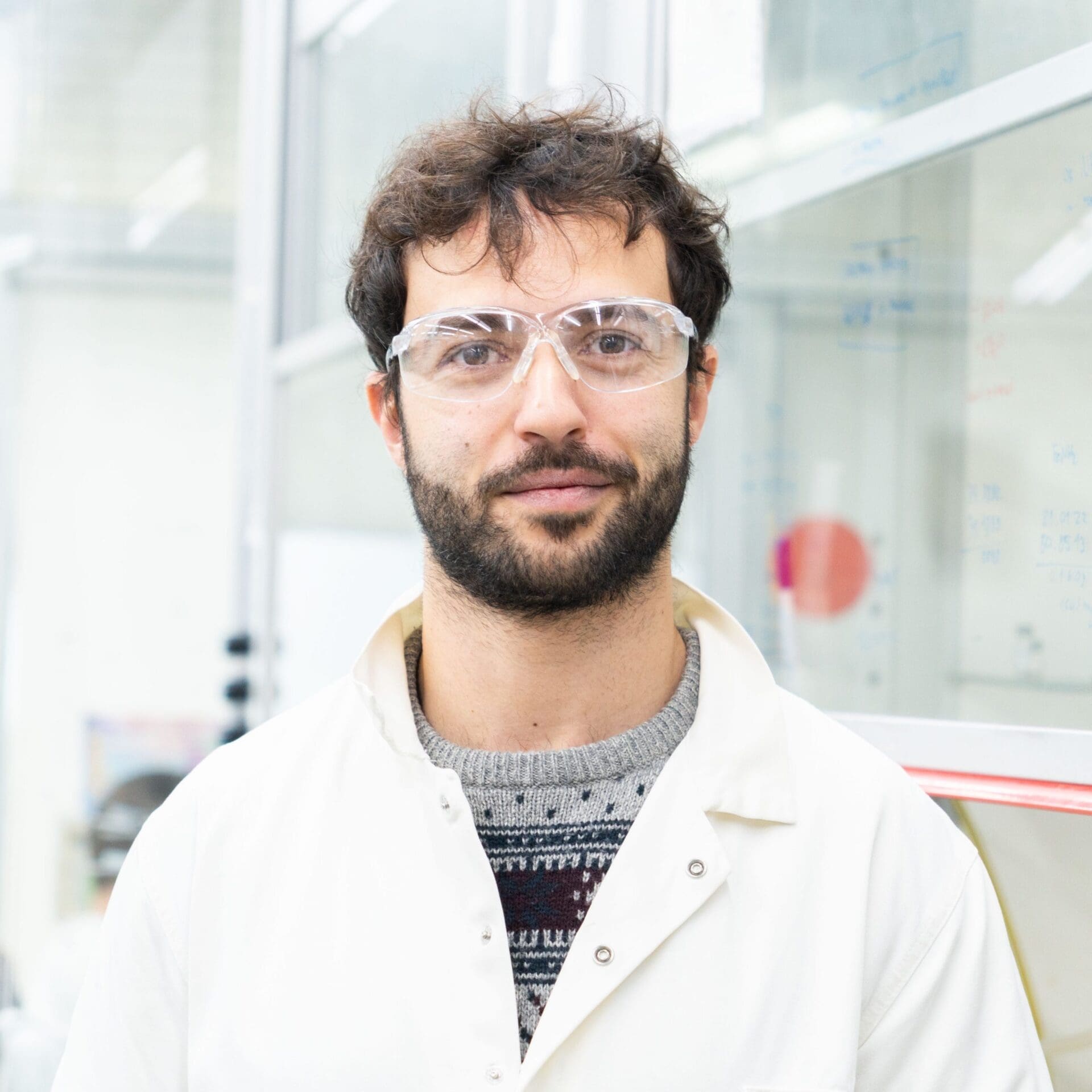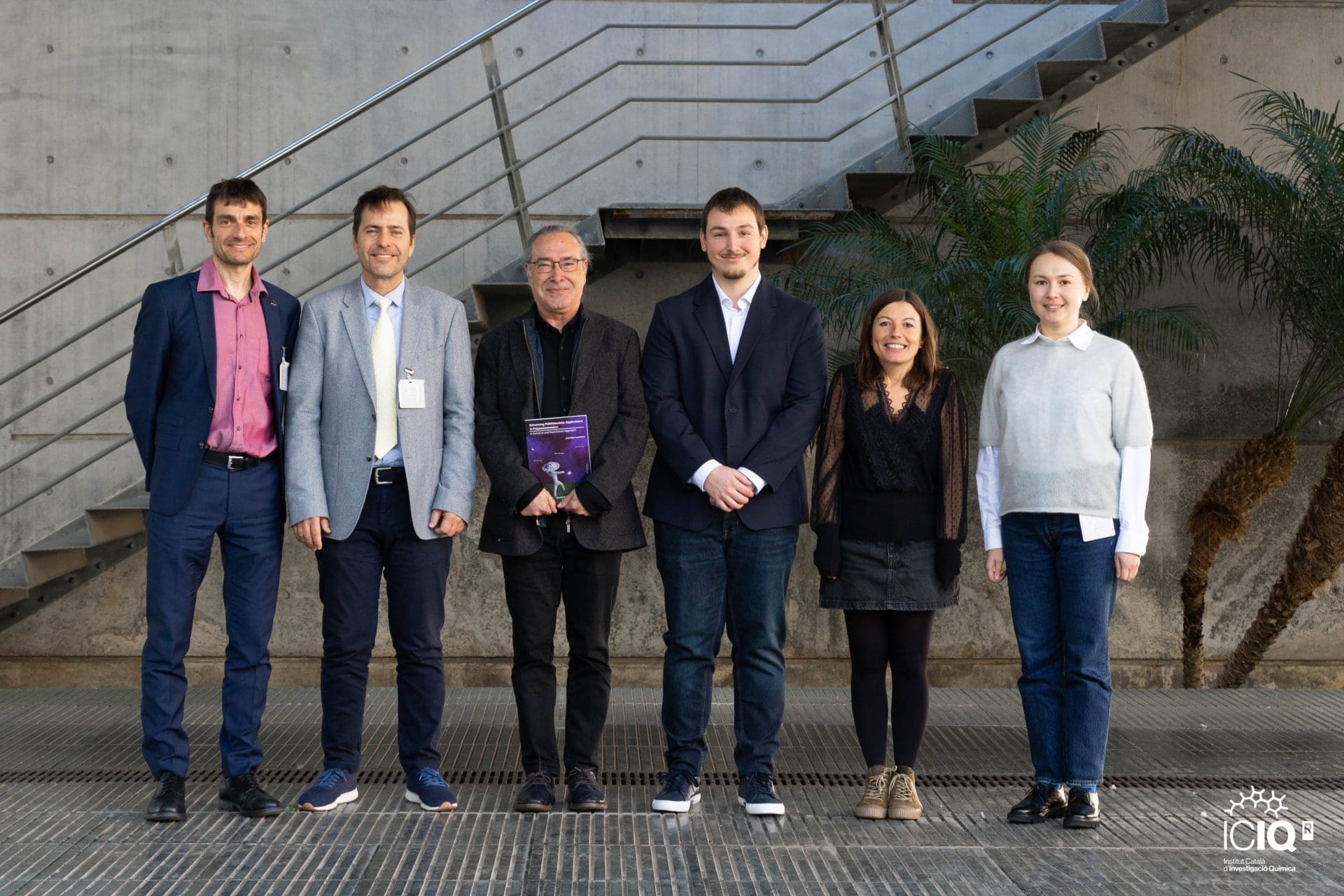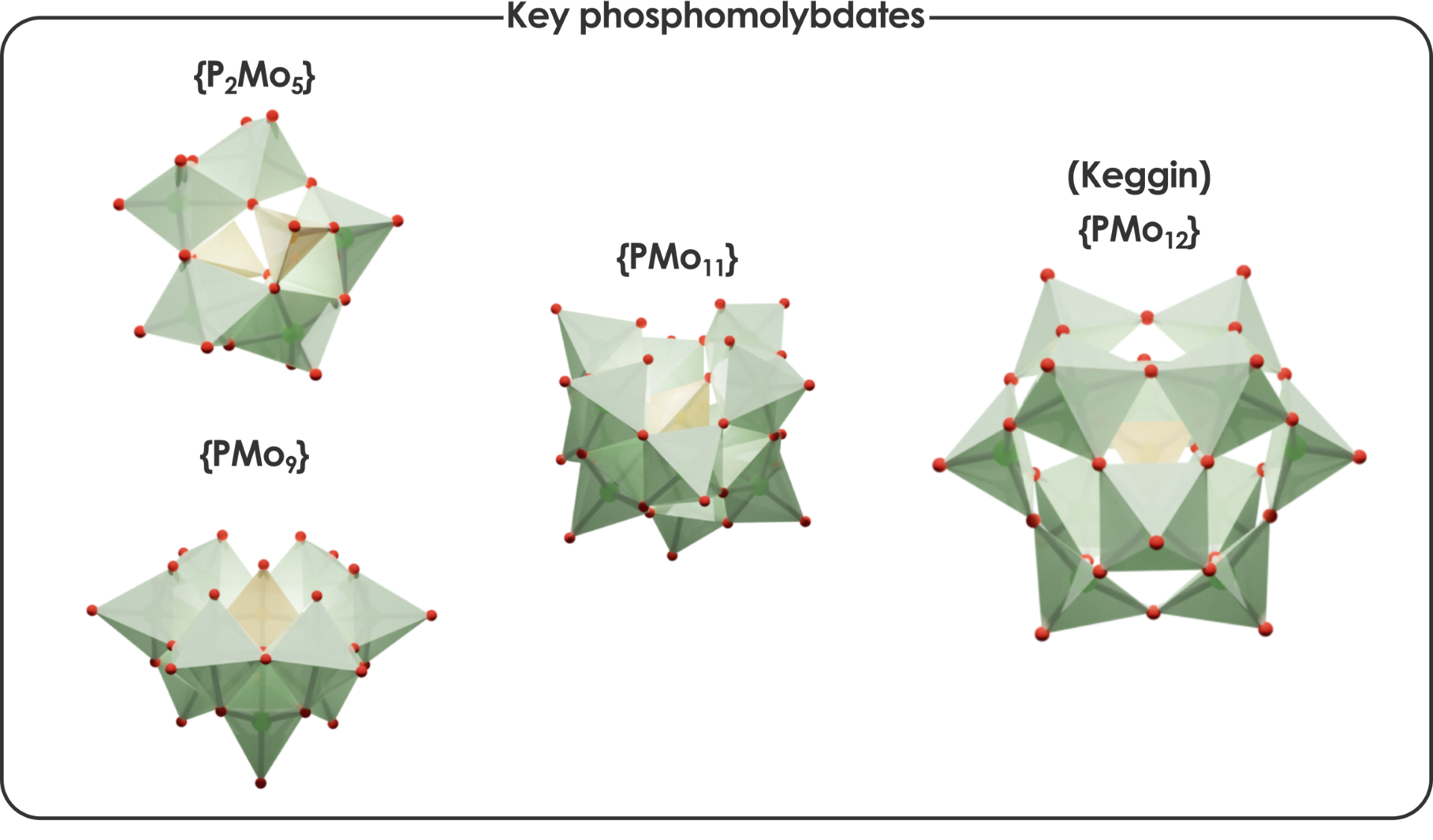Unveiling intermediates
10th December 2018 – As important as knowing where you want to go, is it to know how to get there. A collaboration among ICIQ groups Bo, Urakawa and Kleij, has pinpointed the elusive intermediates that precede cyclic carbonate formation from an epoxy alcohol through the catalytic conversion and activation of CO2. The results, published in Nature Catalysis, could be used as blueprints to determine similar catalytic reaction mechanisms.
The ICIQ researchers have unveiled an unknown reaction mechanism that provides a new and more sustainable synthesis route to produce cyclic carbonates – highly relevant products for the polymer and pharmaceutical industry. “This paper increases the potential of using CO2 as feedstock, making cyclic carbonates derived from CO2 economically more attractive,” explains ICIQ group leader and ICREA professor Arjan Kleij.
To determine the reaction mechanism, the researchers have combined computational as well as experimental approaches such as substrate labelling, X-ray diffraction, and infrared spectroscopy among others. This combination of techniques has allowed the scientists to identify and support the structural connectivities of the previously unknown reaction intermediates. “We have been questioning computations on the basis of experiments and suggesting experiments on the basis of computational results, for over two years, until we reached a complete understanding of the reaction. Some ICIQ collaborative projects, such as this one, could not be carried out in a shorter time frame. Although it has been a long way, the effort and patience are always worth it,”tells Carles Bo, ICIQ group leader.
The methodology for identifying reaction intermediates described in the paper will also help advance the design of new catalysts. The fruitful and synergistic collaboration of three ICIQ groups, equipped with international talents and specialized in different fields of catalysis, allowed going beyond the state-of-the-art in elucidating the reaction mechanism. “Having such competent and stimulating collaborators around the corner is truly a luxury we have at ICIQ,” reflects ICIQ group leader Atsushi Urakawa.
Related news

Let's create a brighter future
Join our team to work with renowned researchers, tackle groundbreaking
projects and contribute to meaningful scientific advancements







 07-03-2025
07-03-2025 



















